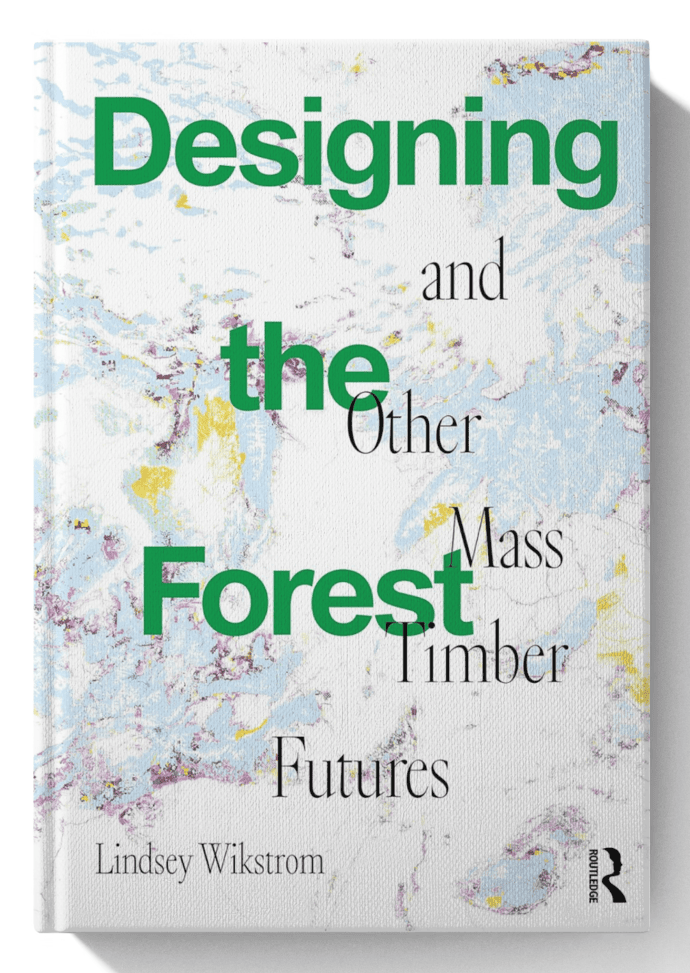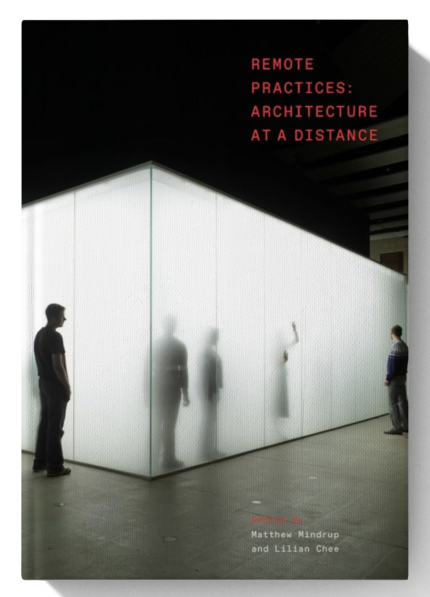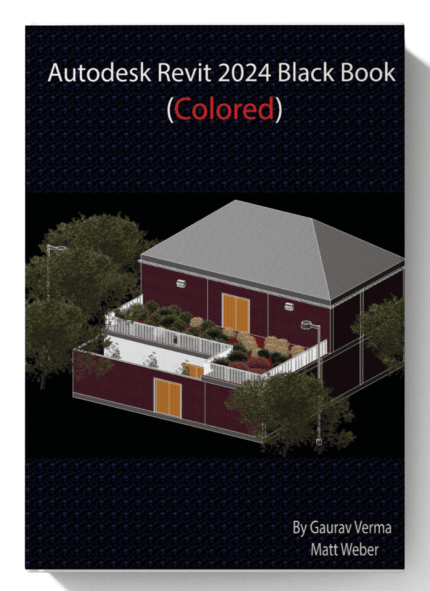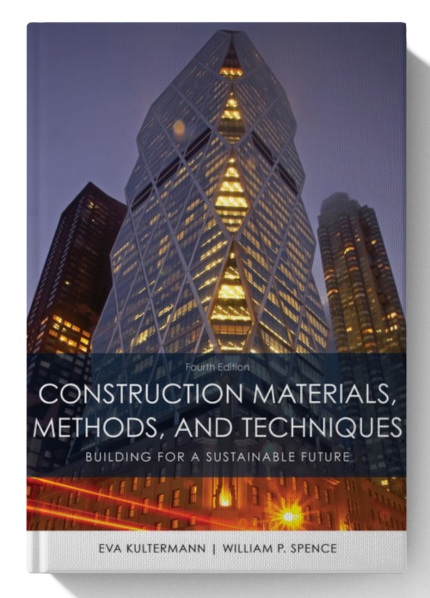In an era urgently calling for renewable energy and materials, Designing the Forest and Other Mass Timber Futures examines the vital role mass timber can play in transitioning away from concrete and steel. With its potential to revolutionize the construction industry and help combat climate change, this groundbreaking book delves deep into the journey of wood—from forest stewardship to its transformative role in sustainable design.
Designing the Forest thoughtfully explores the entire lifecycle of mass timber, considering its implications for labor, the economy, and environmental sustainability. From forest ecosystems to laminated wood walls, this book uncovers the impacts of mass timber on biodiversity, while challenging common assumptions about its fire performance, strength, and carbon sequestration capabilities. By tracing wood’s journey and identifying the cultural and technical gaps hindering its widespread adoption, the author provides a vision for a more sensitive, species-based approach to timber architecture.
Key Features:
-
In-Depth Exploration of Mass Timber: Detailed analysis of the journey of wood from forest to construction, examining environmental, economic, and social factors.
-
Debunks Myths: Uncovers the truth behind common assumptions about mass timber’s fire safety, strength, and carbon sequestration potential.
-
Sustainability Focus: Investigates how mass timber can replace traditional building materials, offering an alternative to extractive practices in construction.
-
️ Design for the Future: Offers a forward-thinking framework for transitioning toward a timber-based built environment, with a focus on sensitivity to forest ecosystems.
-
Ecological and Cultural Considerations: Explores the intersections of forestry, industrial systems, and cultural norms that impact the use of timber in construction.
-
Ideal for Designers and Ecologists: A must-read for architects, urban designers, forestry professionals, ecologists, and students passionate about sustainable materials and non-extractive design practices.
Ideal For:
-
Architects, urban designers, and construction professionals
-
Environmentalists and ecologists
-
Students of architecture, design, and sustainability
-
Professionals interested in mass timber and its role in reducing carbon footprints
-
Those passionate about the intersection of technology, ecology, and architecture
Authors :
Lindsey Wikstrom (Author)
From the book:














Reviews
There are no reviews yet.